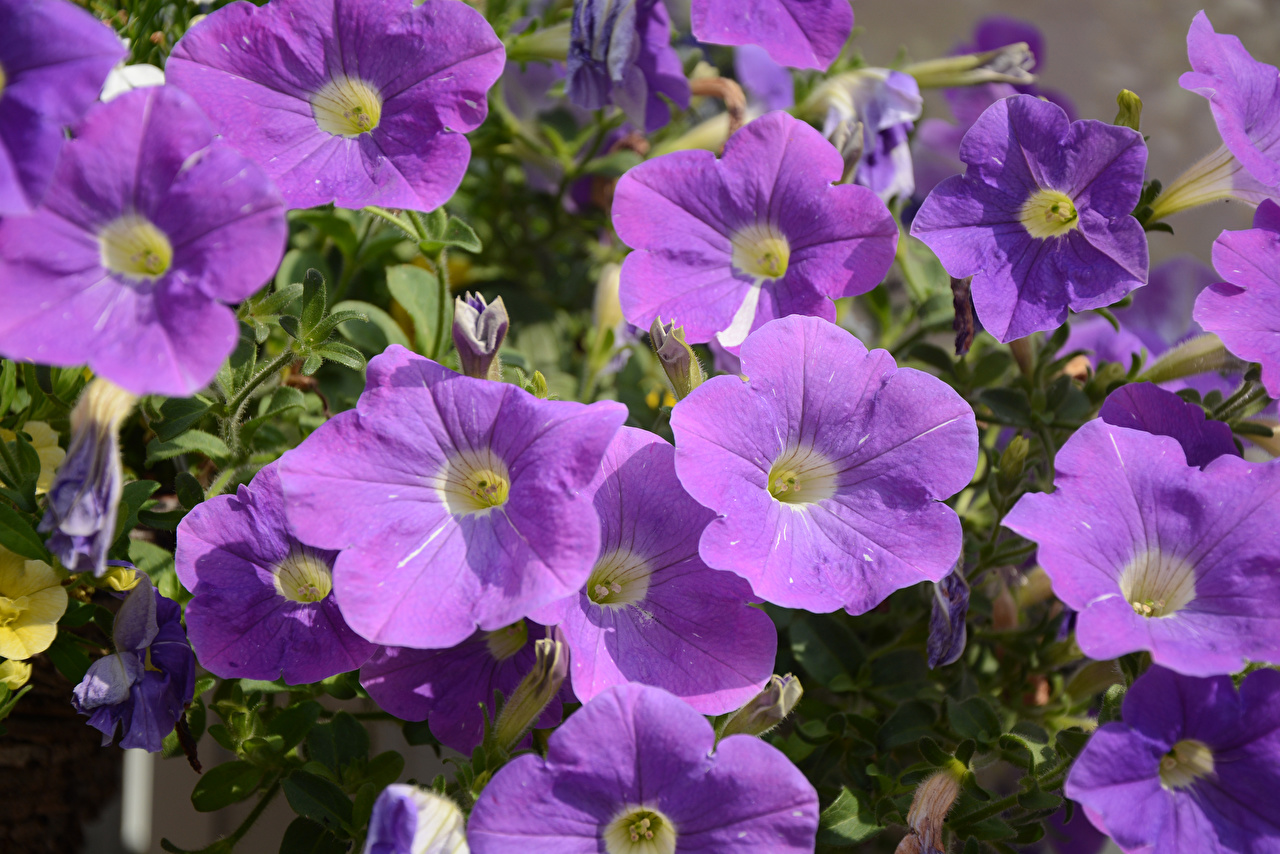TOP 10 Pet-Friendly House Plants that Add Worry-Free Life
10 pet-friendly houseplants that add worry-free life
Protect your furry friends by choosing indoor plants for your home that are not toxic to them. These plants will add color and texture to your decor while keeping your cats and dogs happy and safe.
While houseplants have the ability to add lust and color to a room, many species can be toxic to pets who may decide to chew on a leaf or two. Fortunately, there are a number of herbs that can add beauty to your home without posing a threat to Fido. These 10 species are technically safe for cats and dogs, but it's always best to eliminate the temptation and put all your houseplants out of reach. If your pet ever bites into a plant, even one that probably isn't causing health problems, be sure to watch for any signs of a negative reaction. Just because a plant is non-toxic does not mean that it won't cause you an upset stomach if your pet decides to eat it.
African violet
 |
| African Violet |
Air plant
Tillandsia varieties are excellent, pet-friendly, low-maintenance houseplants because they don't need soil to grow. Most air plants will stay smaller than 12 inches and thrive in bright, indirect light with a quick soak in water about once a week. However, cats and dogs will find it tempting to chew on its thin, grass-like leaves, so be sure to keep them out of their reach.
Aluminum plant or watermelon plant
The variegated gray and green leaves of aluminum (which is part of the genus Pilea) make it an attractive and animal-safe houseplant. It remains under 12 inches, grows well in medium to low light, and only needs water when the top inch of soil is dry. Since it is poorly tolerant of light, you can grow it almost anywhere out of the reach of your furry friends.
Christmas cactus
Unlike their dangerous Christmas counterpart, amaryllis, Christmas cacti are non-toxic plants to keep around curious dogs and cats. Still, you shouldn't let your pets chew on it (Christmas cacti can cause intestinal discomfort if eaten), but overall, it's a safer option than many other party plants. Christmas cacti can easily be mistaken for Thanksgiving cacti, but both are safe for pets and require similar care. Both cacti remain relatively short (less than 12 inches), but can spread up to two feet and grow best with regular watering and bright indirect light.
Some varieties of ferns
Identifying ferns can be a bit tricky, as there are several plants with the word "fern" in their names that are not part of the fern family. True ferns like Boston and maidenhair are fair game as a pet-safe houseplant. Just be careful of misnomer names like asparagus fern, which is actually part of the lily family. Although their size can vary, most ferns have similar needs: they like indirect light, evenly moist soil, and high humidity.
Friendship factory
The Friendship Factory (closely related to the Aluminum Factory) owes its name to the ease with which it can be divided and shared. If you receive one as a gift, rest assured that it is safe for your cats and dogs, even if they take a bite out of the furry, wrinkled leaves of this plant. The Friendship plant tolerates medium and low light, loves humidity (grows well in terrariums), and usually doesn't grow longer than 12 inches.
Some herbs
Lace Flower Vine or Chocolate Soldier
Lipstick Plant
This quirky plant has flowers that look like tubes of lipstick and is safe for cats and dogs (other members of the Peperomia family are, too). Native to the tropics, the lipstick plant thrives in bright light and enjoys being outdoors during the warmer months. It can grow up to 20 inches tall and likes to have soil that is always moist, so don't forget to water!
Parlor Palm
Pet owners looking to add a small tree indoors may want to pick up a palm from the living room. This pet-friendly, low-maintenance houseplant is also a good place to start for beginners. It grows best in bright, indirect light, but is also low light tolerant. Water when the top inch of soil is dry and your living room palm can grow to eight feet (although four feet is more common).










0 Reviews